Efforts to reduce multidimensional poverty
Gia Lai is a mountainous province, the population mainly lives on agriculture, the rate of poor and near-poor households is high, especially in remote areas. In the period of 2021 - 2025, the province synchronously implemented the National Target Program on Sustainable Poverty Reduction. According to statistics, by the end of 2024, the multidimensional poverty rate in the province was only about 10.2%, down more than 2.3% compared to the beginning of the year. Notably, the poverty rate among ethnic minorities decreased sharply, reaching over 3%/year - far exceeding the set target. This is a figure that demonstrates the great efforts of the entire political system as well as the proactive spirit of the people.
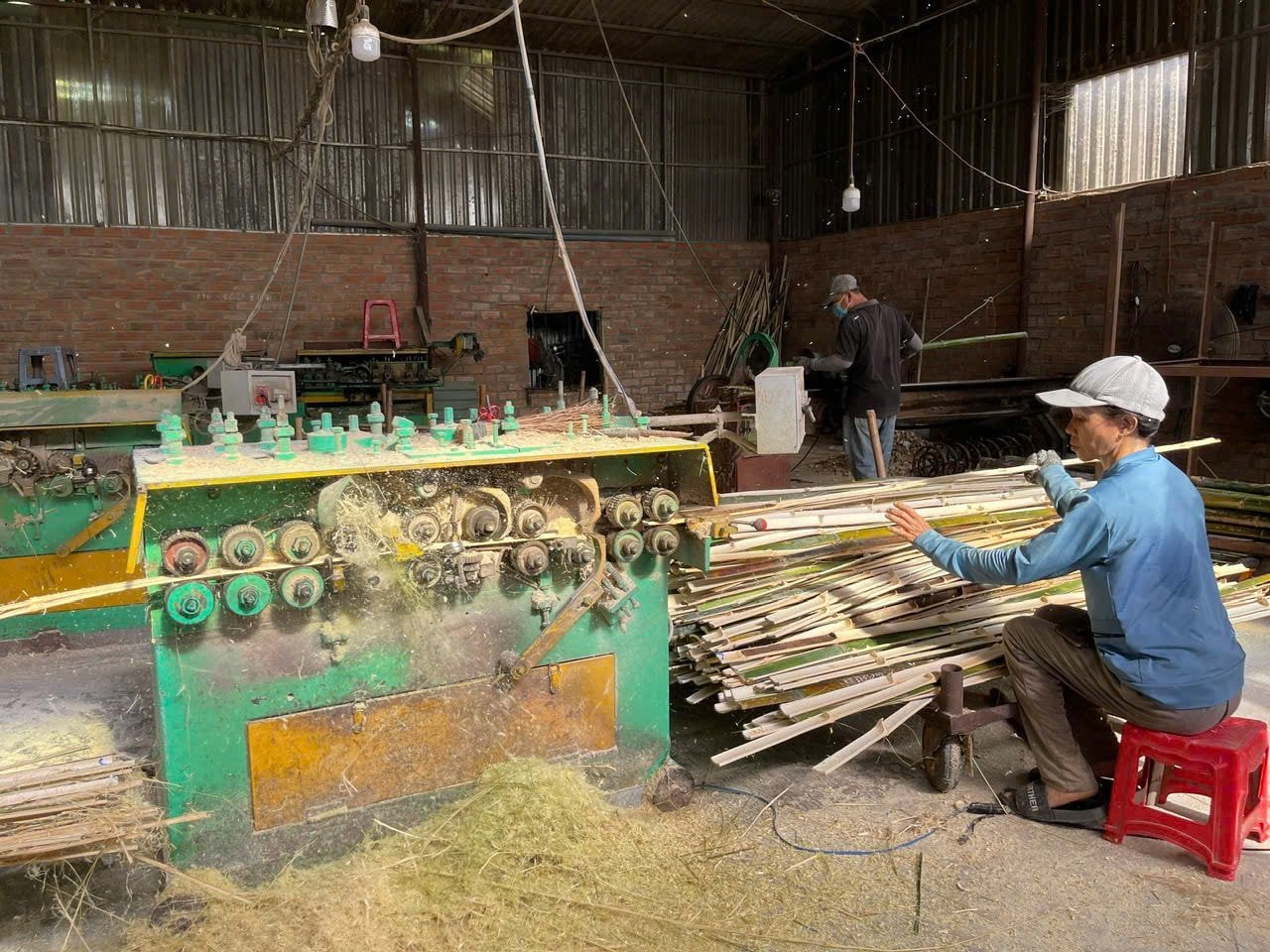
Gia Lai focuses on vocational training, job creation and improving the education level of the poor. Photo: Dao Hanh
Gia Lai focuses on supporting livelihoods suitable for each region and target group through preferential loans, providing plant and animal varieties, helping tens of thousands of poor households develop production and increase income; many models such as raising goats, cows, honeybees, growing clean vegetables, and high-quality coffee have brought about clear results.
Many households in Gia Lai have not only escaped poverty but also become well-off thanks to taking advantage of support, applying new techniques and linking product consumption, contributing to improving life and changing the face of rural mountainous areas in a sustainable direction.
Along with livelihood support, Gia Lai also focuses on investing in essential infrastructure for particularly disadvantaged communes. Newly built or upgraded rural transport works, irrigation, electricity, schools, medical stations, etc. have significantly improved people's living conditions. The concrete inter-village and inter-commune roads not only facilitate the trade of goods but also open up opportunities for socio-economic development in remote rural areas.
Connecting databases from commune to provincial level
One of the important changes after the reorganization is the application of digital transformation in poor household management; Gia Lai province deployed a digital database on sustainable poverty reduction, connecting from the commune level to the province, helping to review, update, and monitor changes in poor households regularly and transparently. Thanks to that, commune-level authorities can quickly grasp the living situation, employment, and income of people; at the same time, easily integrate support policies (health, education, housing, loans, employment, etc.) in a single platform. This is considered a "push" to help poverty reduction work shift from administrative management to data management and substantive results.
Without the district level, the team of cadres and civil servants at the commune level plays a core role in implementing poverty reduction policies. Gia Lai pays special attention to training and fostering program management skills, administrative capacity, digital technology, as well as community mobilization and communication skills for grassroots cadres.
In particular, Gia Lai has directed departments, branches and localities to study and adjust the tasks of human resource development, especially high-quality human resources in the provincial planning, to ensure compliance with practical requirements of the new period. The province requires the implementation of tasks and solutions on human resource development and use to meet the requirements of socio-economic development; propose mechanisms to encourage enterprises to invest in training and developing human resources.
The Provincial Department of Home Affairs reviews and collects information on labor supply and demand, evaluates and forecasts human resource needs by industry, field, and locality to resolve the imbalance between supply and demand and local labor shortages. At the same time, promote digital transformation in connecting labor supply and demand via digital platforms; deploy solutions to support job creation...
The Department of Education and Training is responsible for promoting career guidance, streamlining high school students, increasing the proportion of students with good academic performance or better participating in vocational education; effectively implementing support policies and encouraging the development of non-public educational institutions. Focusing on training, fostering, and improving the quality of human resources to meet the requirements of private economic development; encouraging training models according to orders of businesses and labor-using units.
Source: https://daibieunhandan.vn/gia-lai-ung-dung-so-vao-cong-tac-giam-ngheo-10393570.html


![[Photo] Touching scene of thousands of people saving the embankment from the raging water](https://vphoto.vietnam.vn/thumb/1200x675/vietnam/resource/IMAGE/2025/10/30/1761825173837_ndo_br_ho-de-3-jpg.webp)
![[Photo] The Third Patriotic Emulation Congress of the Central Internal Affairs Commission](https://vphoto.vietnam.vn/thumb/1200x675/vietnam/resource/IMAGE/2025/10/30/1761831176178_dh-thi-dua-yeu-nuoc-5076-2710-jpg.webp)
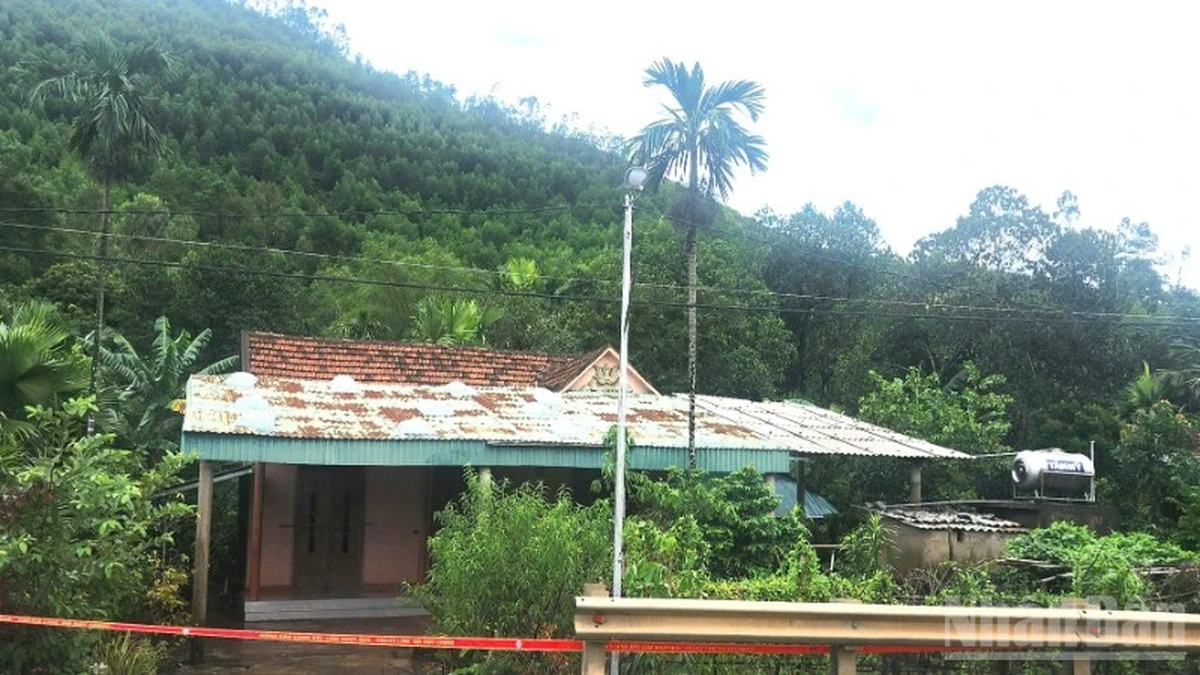

![[Photo] General Secretary To Lam attends the Vietnam-UK High-Level Economic Conference](https://vphoto.vietnam.vn/thumb/1200x675/vietnam/resource/IMAGE/2025/10/30/1761825773922_anh-1-3371-jpg.webp)
![[Photo] General Secretary To Lam meets former British Prime Minister Tony Blair](https://vphoto.vietnam.vn/thumb/1200x675/vietnam/resource/IMAGE/2025/10/30/1761821573624_tbt-tl1-jpg.webp)
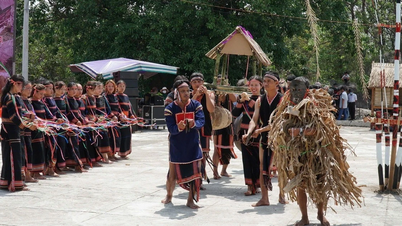

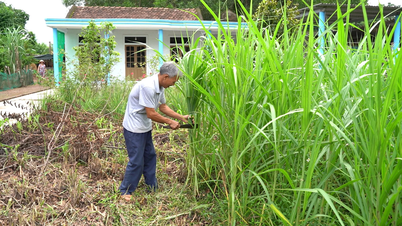

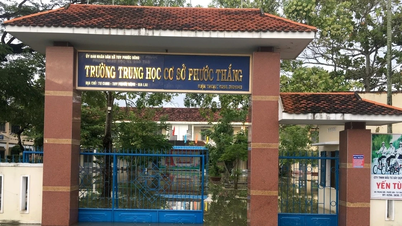

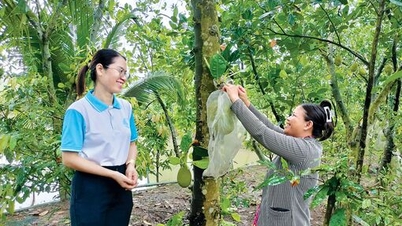


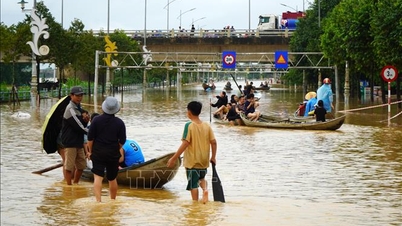





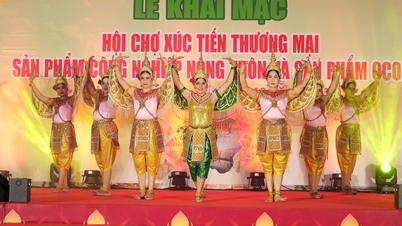







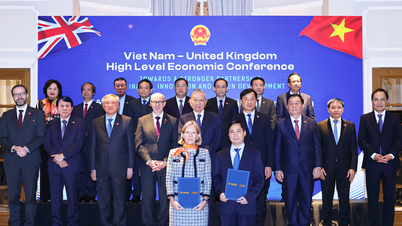

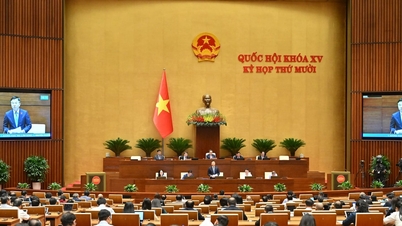
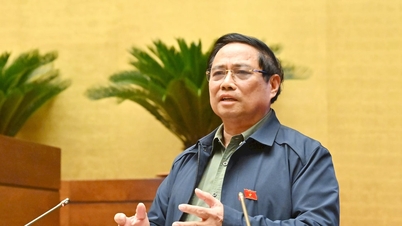
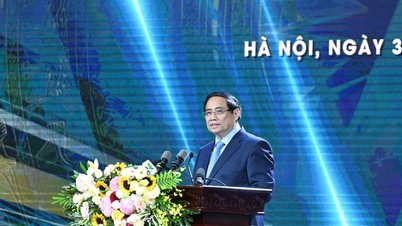
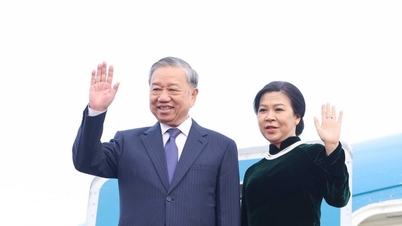






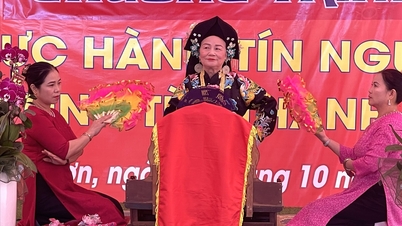





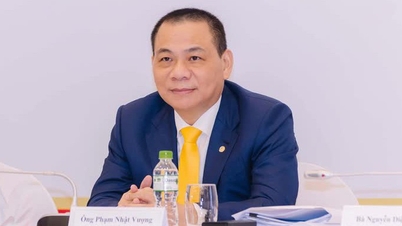










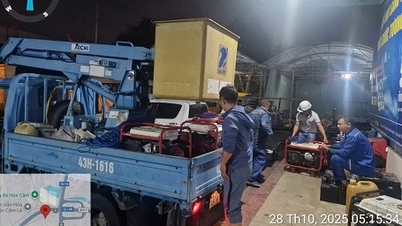

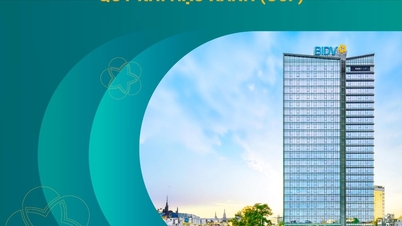


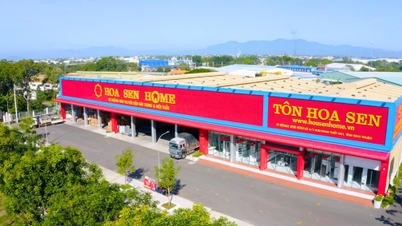


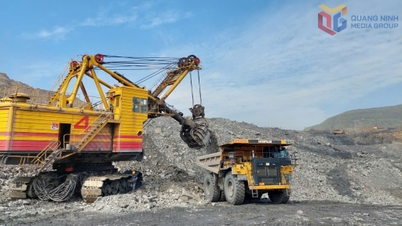








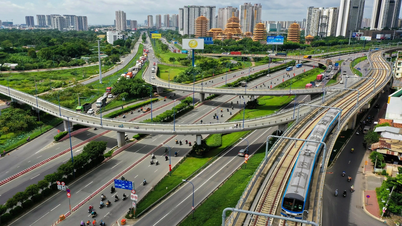
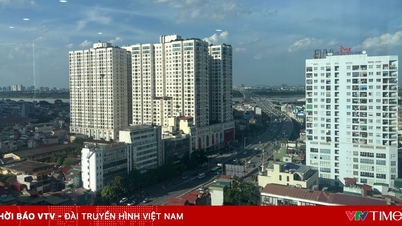

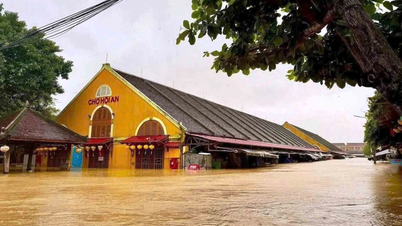


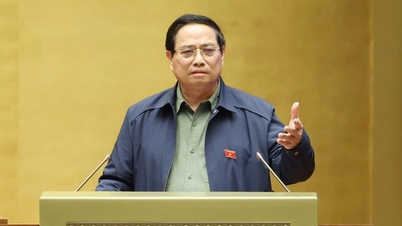


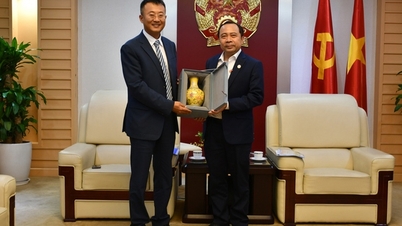
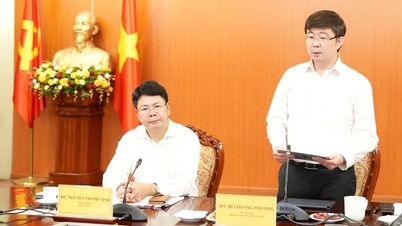
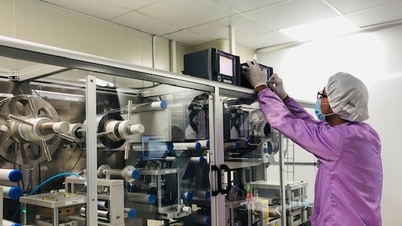
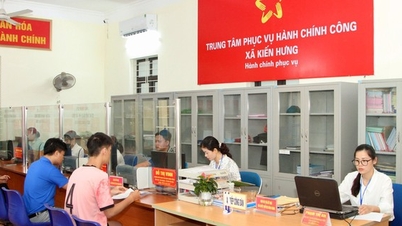
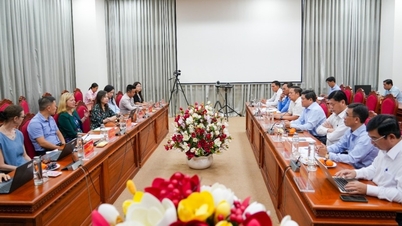
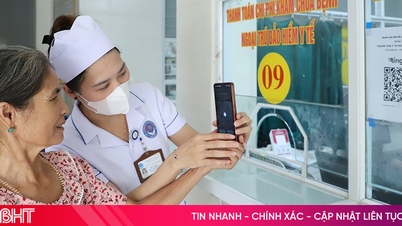



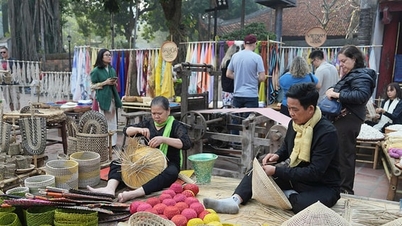

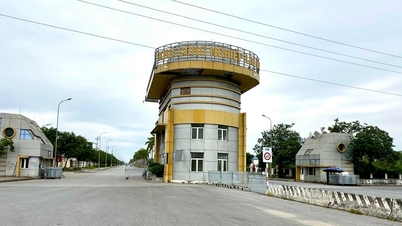

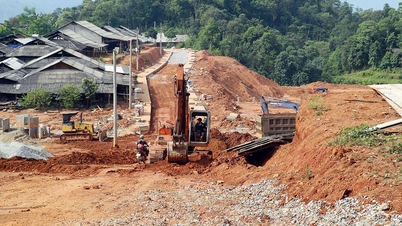












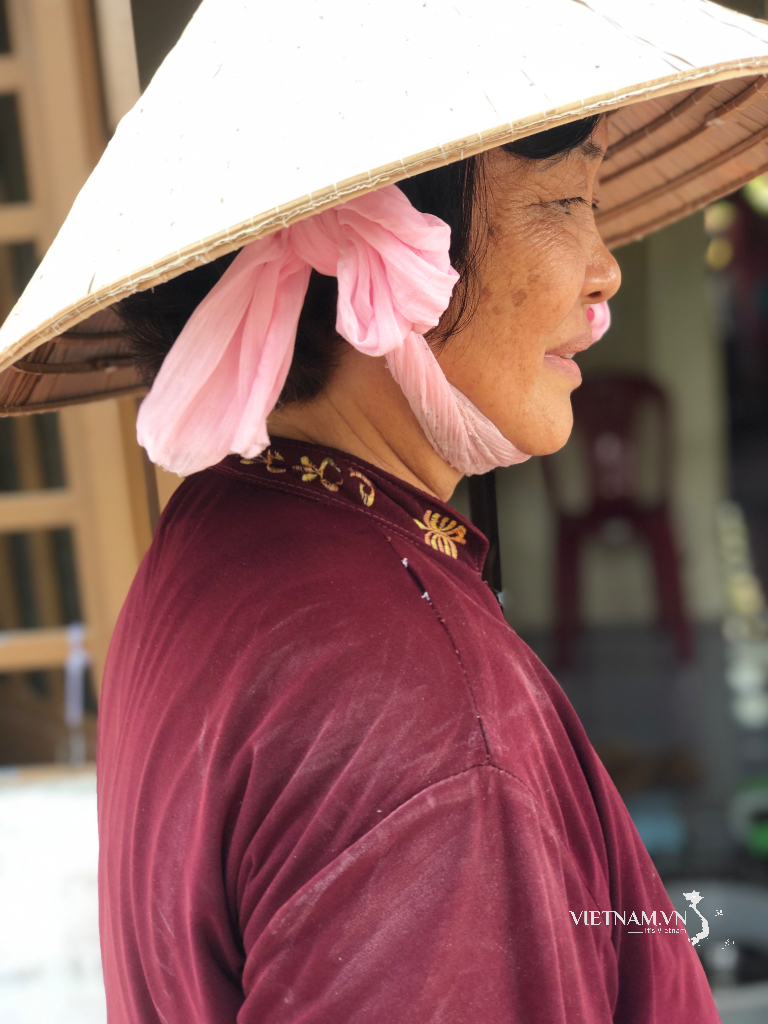

Comment (0)